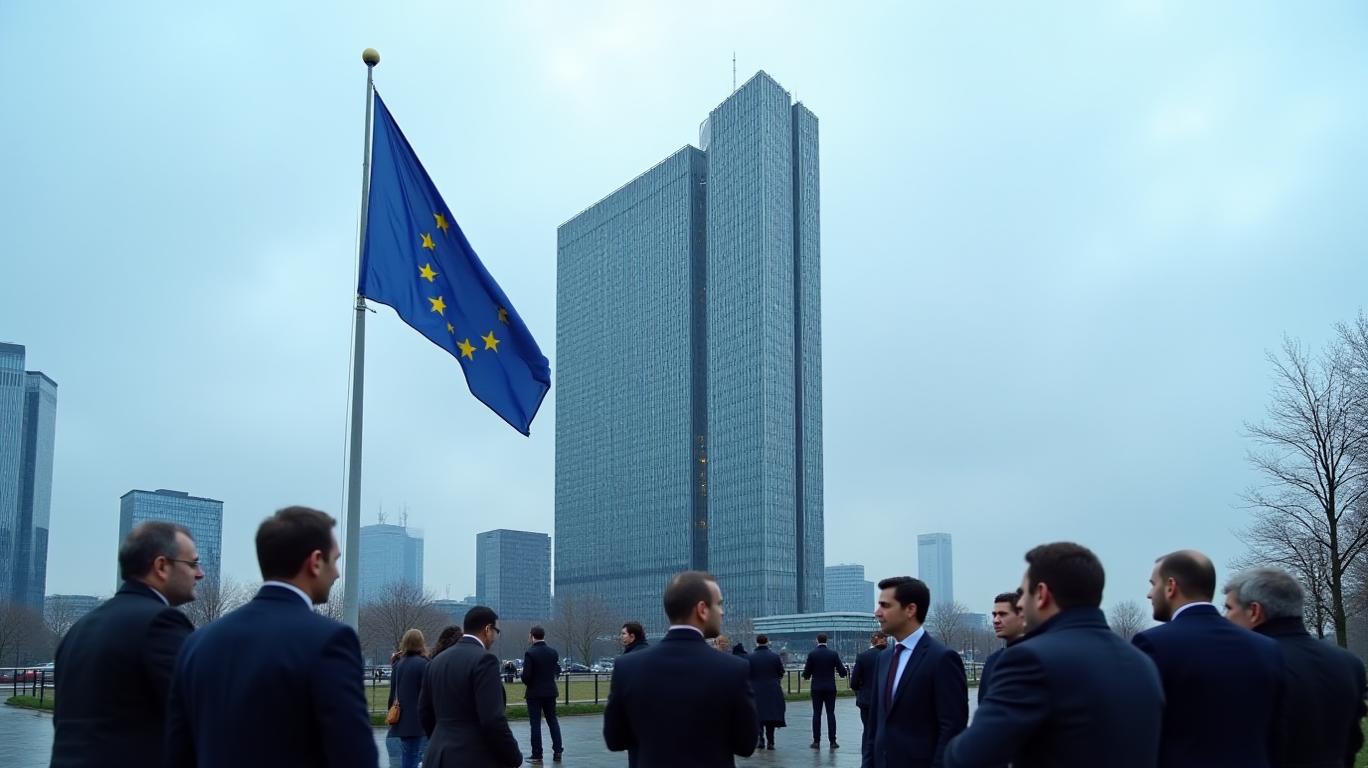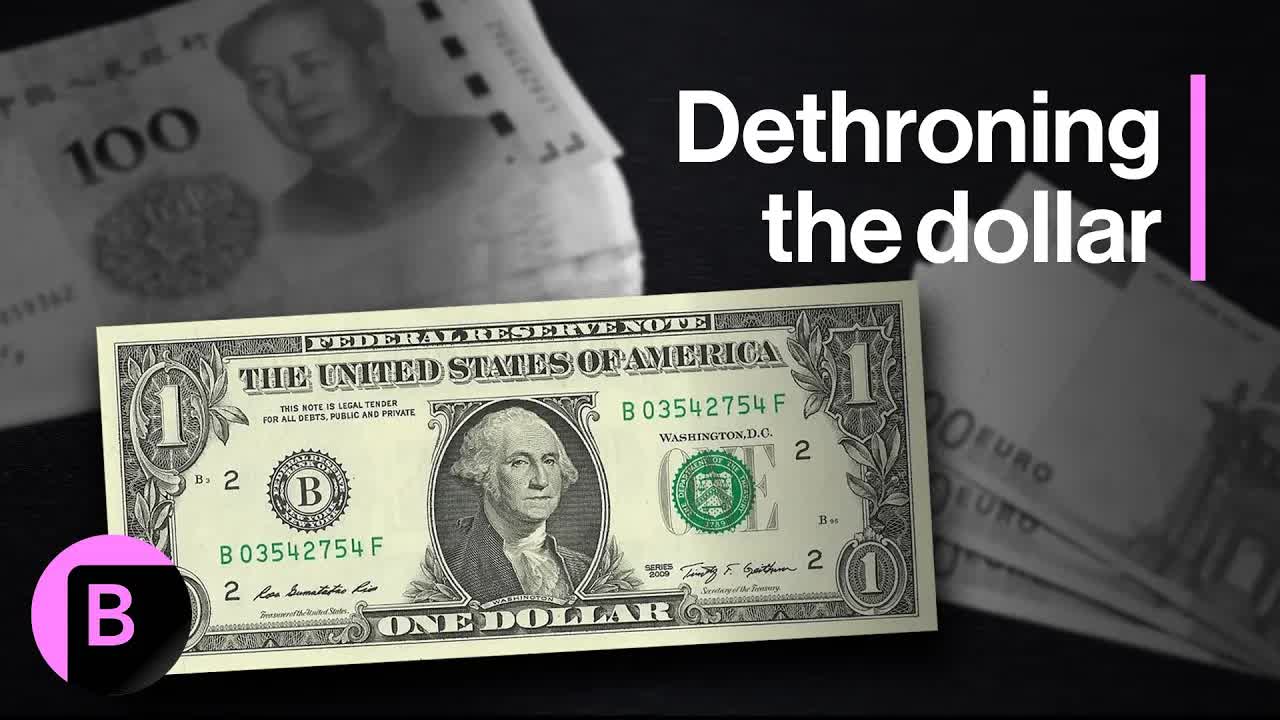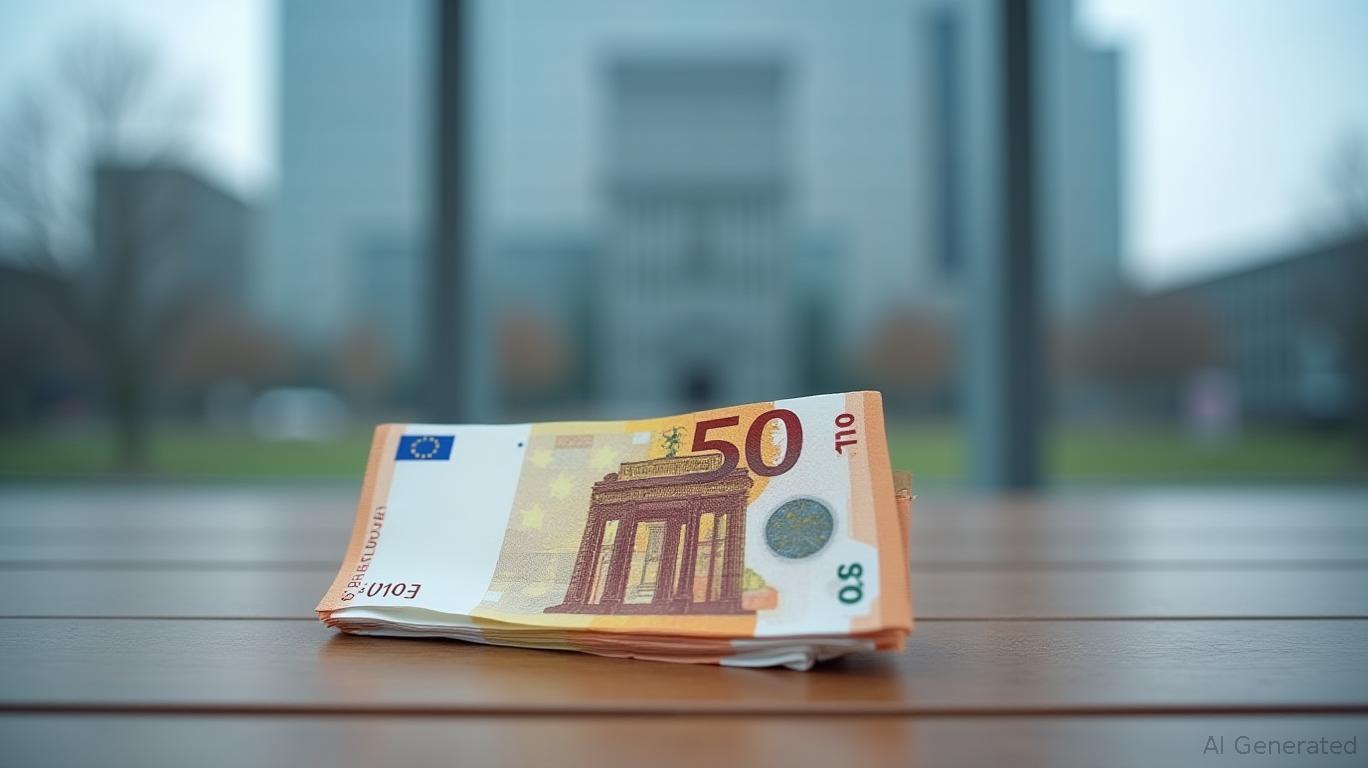The Euro's Tidal Wave: Can It Overcome the Yield Tide?
The Euro has long been a currency defined by its struggles—stagnant growth, fiscal fragmentation, and the shadow of a resurgent U.S. dollar. Yet in early 2025, traders are betting that a "tidal wave" of factors could finally propel the single currency higher. From ECB policy shifts to trade war tremors, the ingredients for a sustained Euro rally are in play, but the tides of global finance remain unpredictable.
Inflation’s Ebb and the ECB’s Retreat
The ECB’s April 2025 rate cut—a 25-basis-point reduction to 2.25%—signaled its confidence in the disinflation process. Headline inflation is projected to settle at 2.2% in 2025, edging closer to the 2% target, while core inflation (excluding energy and food) is expected to dip to 2.3% this year. Yet the ECB’s cautious stance hints at deeper vulnerabilities.
Ask Aime: "Will the ECB's rate cut boost the Euro?"
The ECB’s easing narrowed the U.S. yield advantage to 1.85 percentage points, a historic high since the Euro’s birth. Normally, such a gap would anchor the dollar’s strength. But traders are now pricing in a different calculus: trade wars and fiscal divergence.
The Trade War Tsunami
The U.S. tariffs targeting EU goods in April 2025 flipped speculative positioning in EUR/USD futures. After years of being net short—the heaviest in five years—traders abruptly turned net long, betting that trade tensions would disrupt the dollar’s safe-haven status.

This shift reflects a broader reckoning: the Eurozone’s 0.9% GDP growth forecast for 2025—while tepid—now compares favorably to U.S. fiscal austerity. Germany’s infrastructure spending and France’s defense outlays, though modest, have offset some trade-related drags. Meanwhile, the U.S. “DOGE” fiscal cuts risk stifling global demand, creating an asymmetry where the Eurozone’s stability gains traction.
Technicals: Riding the Swells
The EUR/USD pair has oscillated between 1.0200 (support) and 1.1200 (resistance) since late 2022. A sustained breach above 1.12 would confirm the “tidal wave” narrative, but traders remain wary.
Volatility remains elevated, with CFTC data showing open interest near record highs. This suggests a binary market: bulls see the Euro as a “refuge” in trade chaos, while bears cling to the dollar’s yield edge.
The Tide’s Turning Point?
The ECB’s data-dependent approach leaves room for further cuts if trade tensions worsen. However, core inflation’s stubbornness—driven by defense spending and fiscal measures—could force the ECB to pause. The U.S., meanwhile, faces its own crosscurrents: Fed officials have hinted at pauses, but the yield premium remains a Euro headwind.
Conclusion: Riding the Waves, But Heed the Rocks
The Euro’s ascent isn’t yet a tidal wave—it’s a cautious current. Traders are right to bet on the Euro’s resilience, but three factors will determine its trajectory:
1. Trade Truce or Tsunami? A U.S.-EU tariff ceasefire could drain the Euro’s speculative fuel.
2. Yield Dynamics: The Fed’s next move will recalibrate the dollar’s magnetism.
3. Core Inflation: If Eurozone core inflation slips to 2.0% by 2027, as projected, the ECB could cut further, narrowing the yield gap.
For now, the Euro’s “tidal wave” is more of a ripple. Yet with speculative bets at extremes and technical levels in play, even a modest breakout could trigger a self-fulfilling cycle. Investors should monitor the 1.1200 resistance—a breach there would signal the Euro is no longer just surviving, but surfing.
In a world of fiscal cliffs and trade tempests, the Euro’s rise may yet become the wave that reshapes global markets—provided the tides of policy and trade don’t shift back.










